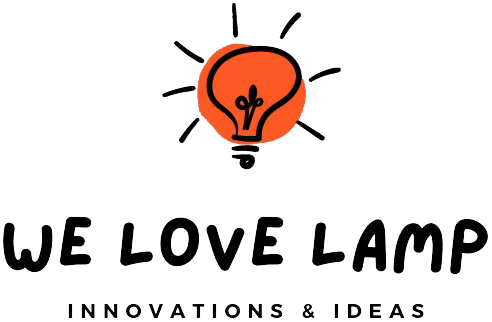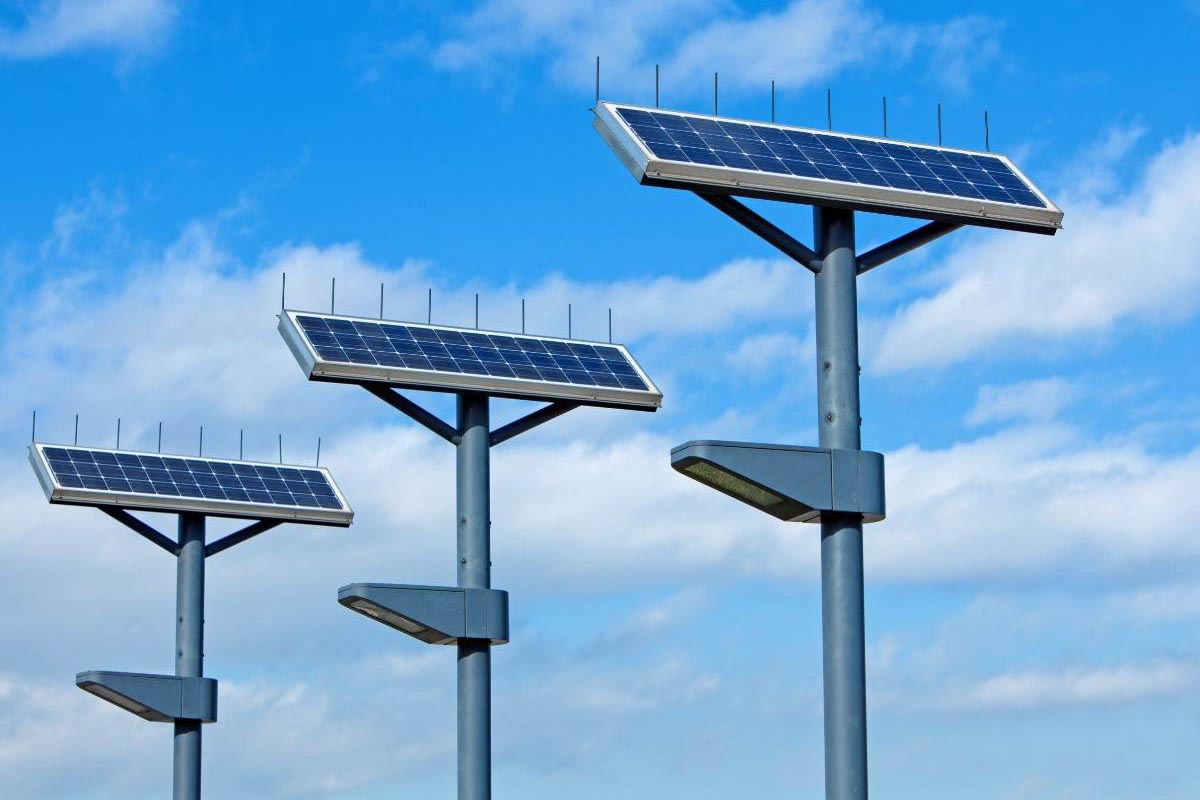Human progress is relentless, but this advancement often comes at the expense of the environment, particularly due to industrial activity, which is both a major energy consumer and pollutant.
There’s a growing awareness that sustainable alternatives like solar and wind energy are crucial for our future, especially as fossil fuel reserves deplete.
Issues with Fossil Fuels
While essential for industrial operations, fossil fuels come with significant drawbacks, primarily pollution and resource scarcity. Once these fuels are depleted, many industries could come to a standstill. The encouraging news is that awareness of these issues is growing which leads to a shift towards renewable energy sources.
Solar Energy’s Growing Role
Solar power is increasingly becoming mainstream, with applications ranging from households to industrial setups. The initial high costs of solar technology have dropped significantly, making solar energy an accessible option even for developing economies.
This is why more countries are investing in solar-powered public lighting, balancing industrial growth with environmental responsibility.
Benefits of Solar-Powered Public Lighting
Solar energy serves various purposes, from powering machinery to heating homes. Its application in public lighting is direct, efficient, and sustainable. Many governments offer incentives to citizens who adopt solar technology to emphasize its potential for broad application in public spaces.
That said, here are its many benefits:
Cost-Effectiveness
Solar energy systems have come a long way since their commercial introduction six decades ago. Although the initial investment in solar technology can be high, the operating costs are minimal.
Since sunlight is free, solar power systems often pay for themselves in a relatively short period, making solar energy a cost-effective solution for public lighting.
Low Maintenance
Solar street lights are essentially self-contained units, meaning that a problem in one won’t affect others in the system. Their low maintenance requirements make them particularly useful in remote or challenging locations.
These systems are more resilient against severe weather conditions, primarily because they don’t rely on extensive wiring.
Accessibility and Versatility
Solar-powered street lights can be installed virtually anywhere, provided there’s sufficient sunlight. This makes them a vital resource for developing countries with varying terrains and climates, especially those with areas that are difficult to electrify due to financial constraints or logistical issues.
Final Thoughts
Solar energy is progressively becoming a major player in the global energy landscape. Its sustainability, cost-effectiveness, and low maintenance make it an increasingly popular choice for both developed and developing countries.
Investing in solar-powered street lighting is a long-term solution that offers substantial environmental and economic benefits.

